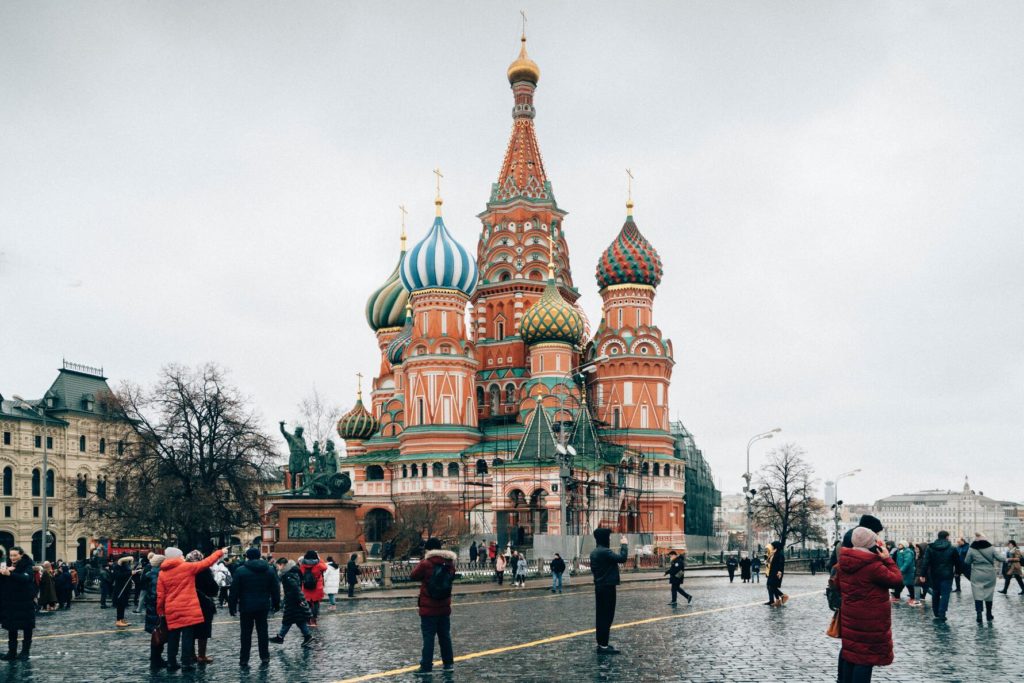Despite Russia’s generally steady property market, the nation’s unstable economy makes it particularly difficult to predict the costs of houses, lands, or flats. Pricing projections can be difficult to create because of the intricate connections between housing variables like location and room count. You can read this article to learn about current Russian real estate costs and how they have changed over time.

Rates during Q1 2022
Amid the continuing conflict between Russia and Ukraine, real estate rates in Russia unexpectedly rose. Real estate prices countywide increased by 18.78% in the first quarter of 2022 compared to the same period the previous year. This is the highest performance since the third quarter of 2007. It has now been fifteen quarters in a row with y-o-y price hikes. In the most recent quarter, home prices increased nationwide by 11.32%.
In fact, throughout the year leading up to Q1 2022, housing rates rose by 32.5% in nominal measures, as hyperinflation soared to a new all-time peak despite an unstable rouble. extraordinary penalties placed by Western nations against Russia as a result of its war with Ukraine.
The second-largest increase in over 15 years, Moscow’s home prices increased by a staggering 20.49% year-over-year in Q1 2022, surpassing the last year’s 15.98% growth. In comparison, the housing cost rise in St. Petersburg dropped to 4.2% in Q1 2022 from a year earlier after increasing by 15.71% in Q1 2021.
Between 2011 and 2018, national home prices fell 29%. Notwithstanding the epidemic, the real estate market began to improve in 2019 and has strengthened over the last two years.
Massive housing boom
Russian private market prices increased by 436% between 2000 and 2007, while primary market values increased by 362%. The last increase in property rates from 2000 to 2007 was in Northwestern FD, which contains St. Petersburg, at 338% for the resale sector and 293% for the main sector.
The largest private market property price gains from 2000 to 2007 were recorded in the Central Federal Region (FD), which encompasses Moscow, at 589%. Pricing on the main market increased by 345% during that time.
The fastest housing price gains in the main market occurred in the Urals FD (593%), Siberian FD (507%), and Far Eastern FD (400%) regions between 2000 and 2007. The significant price rises are partially explained by the rising resource and petroleum mining in these areas.
Value of ruble
In Russia, bids for and payments for property acquisitions, rentals, and trades are made in US dollars. This implies that rents and estate values may fluctuate due to the appreciation or depreciation of the ruble rather than a change in the property’s worth.
The ruble saw a significant depreciation against the US dollar from the fourth quarter of 2008 to the beginning of 2009, going from RUB23.36 to RUB35.82. Therefore, those who had made commitments to purchase or rent had to gather 50% more cash, which increased the cost and put stress on the property market, causing it to implode in 2009. Thus, the increase in the value of the Ruble or trade of properties in the Ruble might turn the tables.
The situation of property investment
As per the CBRE, overall property investment in Russia in 2021 was RUB 395 billion, a 29% increase from the previous year. Based on the data from the Central Bank of Russia, the total amount of existing house loans increased significantly in May 2022 by 23.5% to RUB 12.44 trillion. The situation is bleak, though, as tens of hundreds of Russians have left the nation during the last months and are now buying real estate in other nations, like Dubai.



